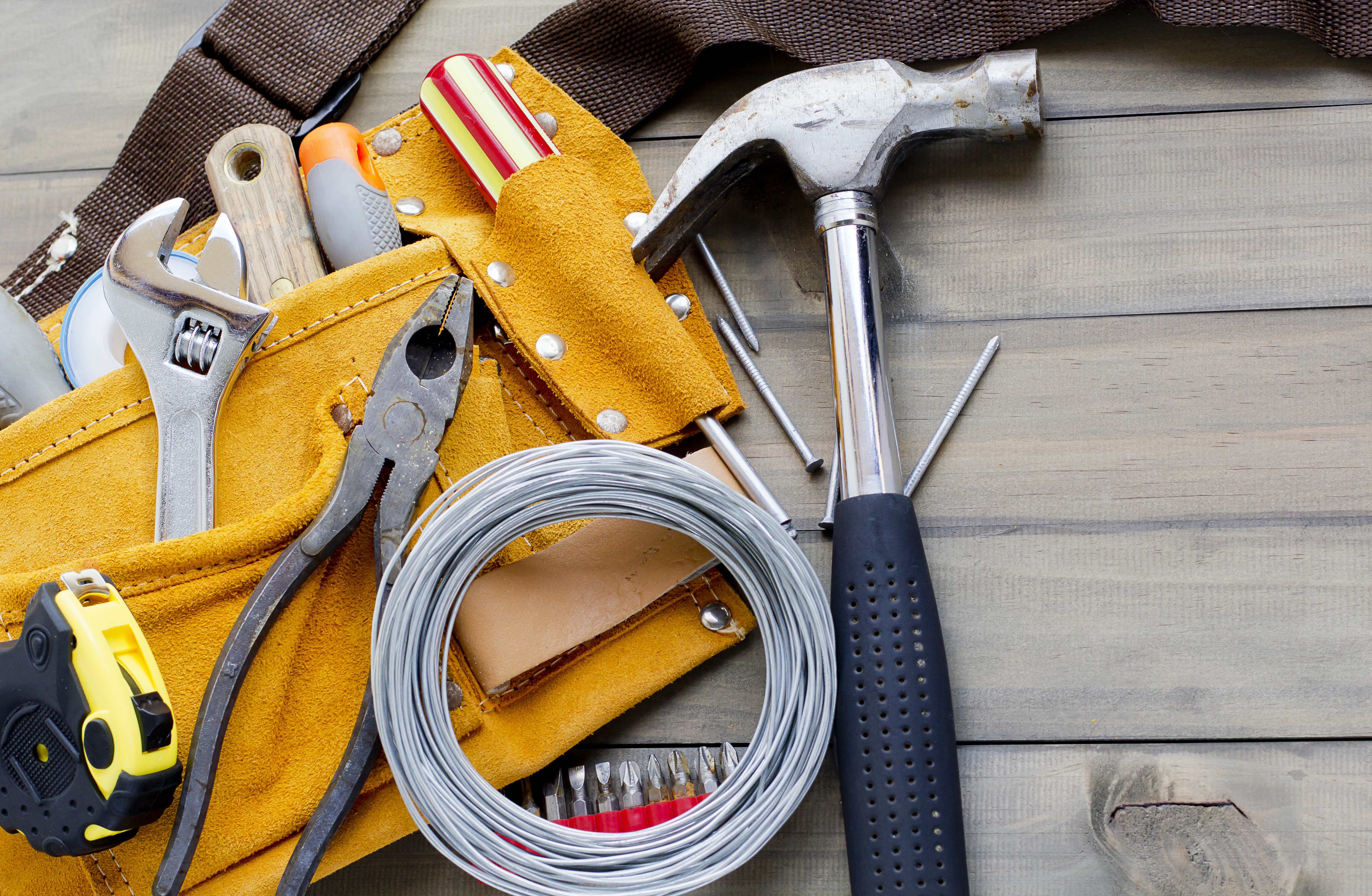 Together you and your client have conducted research, evaluated your options, and have finally made an investment in pipe hangers and supports. The last step is to install the rooftop system. We know how important it is to get the job done right the first time and avoid costly mistakes. To help you avoid installation issues we have created a list of the most damaging mistakes we have seen made. Check out the following tips and red flags before installing your next project:
Together you and your client have conducted research, evaluated your options, and have finally made an investment in pipe hangers and supports. The last step is to install the rooftop system. We know how important it is to get the job done right the first time and avoid costly mistakes. To help you avoid installation issues we have created a list of the most damaging mistakes we have seen made. Check out the following tips and red flags before installing your next project:
1. Improper Spacing
The first mistake some installers make is to space the supports too far apart. Rooftop support systems are designed with specific spacing requirements. It’s a basic concept of engineering that different weights and materials must be supported in different ways. So the proper spacing of supports depends both on how heavy the pipe or duct is and how long a span can be without allowing it to flex or sag.
For instance, the maximum allowable span between rooftop support systems is 10 feet. But if you are running something very flexible, like 1-inch PVC drain pipe, you would have to use more supports at shorter spans to keep the pipe from sagging. In this instance, supports for a one-inch PVC pipe should be no more than 4 feet apart. Conversely, a large diameter steel water pipe can tolerate wider spans without sagging, but the weight is so heavy that, to minimize the load on the roof, you need more supports closer together. In this case, spans of 4 to 6 feet are much easier on the roof than 10-foot spans.
Red flag: If your pipes or ducts are sagging, that’s a good indication that your rooftop support systems are too far apart.
2. Not Including Lateral Cross Bracing for Taller Supports
The taller your support, the more likely it is to need the help of a lateral cross brace to provide increased stability. Any supports that are over 48 inches in height should be supported with a lateral cross base.
Red flag: If your taller supports are leaning or twisting, that’s a sign that you need to add some lateral cross braces.
3. Overloading the Supports
Another common mistake roofers make when installing pipe hangers and supports is overloading the supports. Each support is designed to bear a specific maximum weight. If the weight of the pipe or duct exceeds the specifications, you could damage your pipes and ducts, your supports, and even the roof itself (which could void the roof warranty). And you can’t just go by the weight of the pipe or duct alone. You also have to consider valves, fittings, the expected contents of the pipe or duct, and even the likelihood of additional weight from snow or ice buildup.
Red flag: Indications that your supports are trying to bear too much weight include deflection of the cross bars, a support base that’s digging into the roof membrane, or a roof structure itself beginning to deflect. Both of the latter two situations can void your roof warranty.
Pipe hangers and supports, as well as other rooftop support systems, are designed to allow functional use of the rooftop without damaging it or voiding the warranty. Unfortunately, no matter how good the support system is, improper installation can not only make the support system useless, but actually cause harm. Ensure proper installation by making sure the number and spacing of supports are adequate for the load they will bear, and keep an eye out after installation for any of the red flags discussed above. Those include sagging pipes or ducts, supports that are leaning or twisting (especially if they’re greater than 48 inches in height), deflection of cross braces, a support that’s digging into the roof membrane, and a roof structure that is deflecting. Any of those situations requires immediate action to protect the supports, the pipes and ducts, the roof, and the roof warranty.





